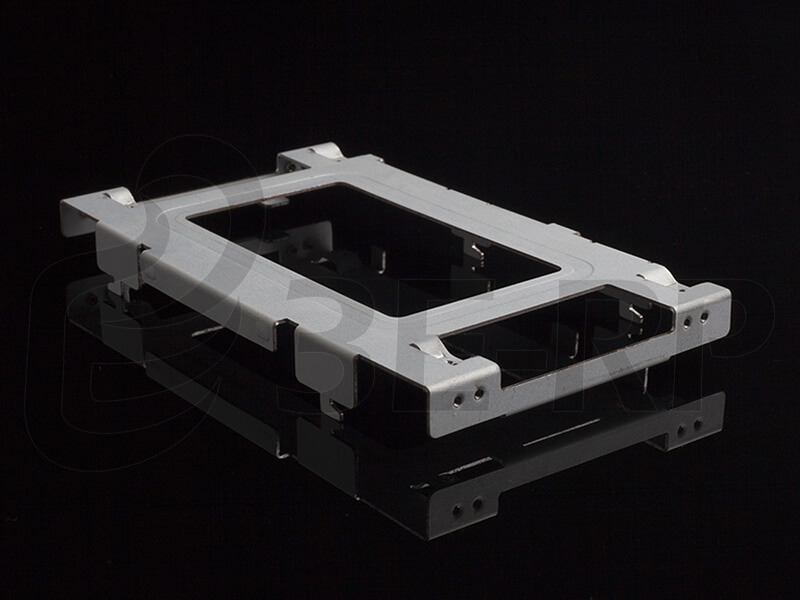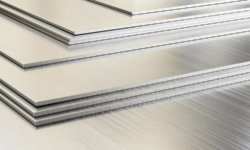Metal fabrication projects are a delicate process due to a number of factors, but the most daunting is building the actual practical version of the design and bringing it to life. Even if you’re outsourcing to a 3rd party fabrication service provider with a lot of experience, things can go wrong. Getting the most of your fabrication process can especially be a hassle if you don’t have a precise workflow in place already. So, for beginners, here are a bunch of tips that may just save you a lot of time and money.
Choosing the Right Service Provider
Finding the right service provider is an invaluable step. A company that can provide custom machined parts on time and at quality becomes an extension of your own organization. Aside from the usual aspects that can be easily quantified through a quotation (price, time etc.), there are other qualities that you need to look out for.
The type and scale of fabrication the company does can tell you a lot about how suitable they are for your project. A standard welding company is not going to be able to handle industrial work like construction equipment. Similarly, you should consult an expert on what would be the best processes and look for those. Sometimes a company may not be able to offer certain services due to lack of experience or machinery. For example, not all companies have the manpower or machines for TIG (Tungsten Inert Gas) stainless steel welding or Manual Metal Arc welding, as just two examples.
There are a number of ways to audit for quality standards. You can look into what work they’ve done previously and ask previous clients if they would give a referral. Similarly, you can research what processes they offer and what certifications the company already has. Another way is to ask what quality control measures and methods they have in place. Alternatively, it’s also useful to know what the quality of the staff, resources and equipment are available at the company.
As a general tule of thumb, it may be useful to opt for companies that offer designing services and in-house engineering. This means that they will opt to design within their means, optimizing for their own machines. When the designer and the engineers who build it are different, there can be a clash of styles between the two.
Work with the Fabricator
The fabricator can take a lot of the load off of your shoulders when you communicate with them properly. They can tell you exactly how practical your design is, what materials to use and what the best way to produce it will be. This is the expert, so you need to listen to them, involve them in the preliminary phases and improve the design accordingly.
Try to pace out the project properly by coordination a plan with them. You can’t rush a small fabricator with less staff and you can’t expect them to make a project that may be beyond their scale of operations, so it’s best to have a good idea of their capabilities and match your expectations accordingly. This is why you need an effective project plan that incorporates agreeable timetables and resource planning.
Any project plan should include the initial design and engineering drawings along with technical specifications. You should also include an appointed project manager and a communications manager as the main points of contact for the fabrication company. These will be your go-to people that can keep track of all changes and communications for the project. As mentioned earlier, it’s best to have the project deadline in mind.
Design Work
Removing unnecessary elements on the design can save you time, money and headaches. Make sure every element has a definite purpose and doesn’t just confuse the team behind the whole endeavor. Unnecessary parts will cost you material and time. Additionally, the initial prototype and beta phase versions of a project should be as simple and straightforward as possible. If you wish to add flourishes, those can be considerations that come into play in the final version.
Generally, it’s best to have a design before you choose a material. However, sometimes there’s no way around it and the material has been pre-chosen by necessity, function or aesthetic. In these cases, it can be useful to have the material as a design guideline. Keep the hardness, stiffness, weight, melting point and other material characteristics in mind and be realistic about the shape.
Choose the Right Materials
As mentioned earlier, materials effect everything from cost to design to the processes required. There are a few considerations to make here, including whether the fabricator has adequate machinery for it and whether you can find a manufacturer for the material. Fabricators tend to rely on local partners for these materials, so it may be wise to know the quality beforehand.
Depending on the end-use, you may want to look into material conductivity and corrosion resistance. Fabrication projects and custom machined parts have a lot of factors to consider, like whether they are going to be in outdoors conditions for extended periods of time, which means they may need a rust resistant material. Similarly, will they bend from certain types of heat or will they react to external stimuli like electricity or sound in the field.
Particularly, when budgeting, you should get the fabricator’s opinion on how much an initial prototype will cost and how much for the final, complete product. It’s best to have some money set aside for the various iterations that may have to come in between as well. Be sure to plan material costs and usage accordingly.
Know Your Processes
There are a whole bunch of processes that you may need to know about already. For smaller scale projects, it may be useful to opt for CNC cutters or metal printing. These methods are faster and cheaper in many regards. These can provide, vastly different results depending on the type of machinery the fabricator is using. CNC machines provide the best precision but, as with all processes, they have their limitations. Metal printing can create unique shapes, yet it has a fair bit of issues and drawbacks and the less sophisticated laser technologies can waste a lot more material.
Here is a basic rundown of CNC processes:
- Punching – metal is usually placed between a punch and a die with the same shape. To create a hole in the sheet metal, the punch is pressed into the die.
- Stamping – this technique uses male and female dies which helps in forming the metal into your desired shape.
- Cutting – this method is done with the use of cutting tools. These tools include plasmas, lasers, water jets or even tin snips.
- Bending– in this technique press brakes are used to bend the sheet metals into desired shapes. Metals can be formed into V-shapes, channel shapes or U-shapes.
- Roll forming– it is the continuous bending of long strip metal to form its desired cross-section. This process is better than stamping and punching because it can reduce scrap and drop-off through coil-fed processing.
Find out which ones your fabricator provides and ask them how they affect your product’s end quality.
Prototyping & Design Test
Test your designs, tinker with them and then try to readjust. This is a continuous process that may require multiple iterations. It’s best to budget for this phase early on as it can be a headache to run low on funds afterwards. Keep your fabricator in the loop and try to get the most out of new additions.






